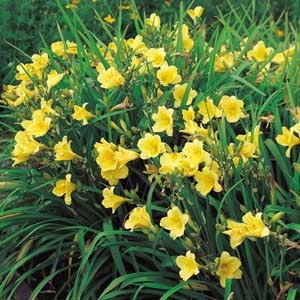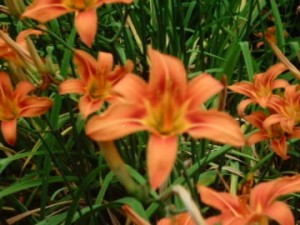DAY LILY Information
The day lily is a showy perennial herb. It grows from fleshy-fibrous roots or tubers.
Other Common Names:
Tawny Day Lily
Description Of Day Lilies:
Keeled, sword like leaves grow from the ground. The leaves can be up to four feet tall that grow in clumps from the crown of the plant, at the soil line. The flower grows from a tall naked flowering stem that grows from the base of the plant. The flowers are large yellow to reddish- yellow and either face horizontal or upright. The flower is short lived, it withers and decays after blooming sometimes even after one day. Day lily flowers come in a variety of forms, including: circular, triangular, double, ruffled, star-shaped and spider-shaped.
Location and Habitat:
Day lilies are found in colonies or clumps along ditches and roadsides in damp soil. H. fulva: Western United States. H. flava: Primarily found in the northeastern United States west to Michigan.
Harvest Season:
Day lily bloom from May through July.
Edible Parts:
Buds, flowers, tubers.
Preparation:
The buds and flowers, long a standard vegetable in Asia, have many uses in cookery. Care should be taken not to overcook the flower buds. Boil only a few minutes when prepared as a solo dish topped with butter.
Buds and flowers can both be added to soup or stew a few minutes before removing from heat. The early tubers are good and crisp in a salad, or eaten raw alone. Care must be taken when eating the tubers – I have read they could have carcinogenic compounds. Do not eat the leaves there could be low level poison.1
Notes of Interest:
The day lily was originally a cultivated flower but escaped cultivation and now like certain types of dandelion are considered “invasive”. They are hearty and thrive when thinned where winters are cold.
1. Peterson Field Guides – Eastern/Central Medicinal Plants and Herbs